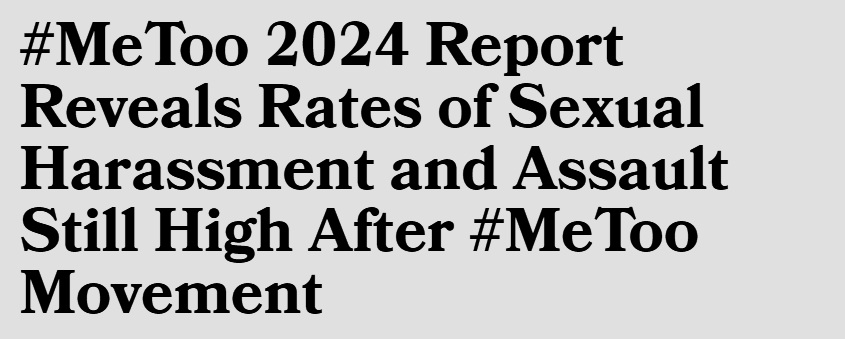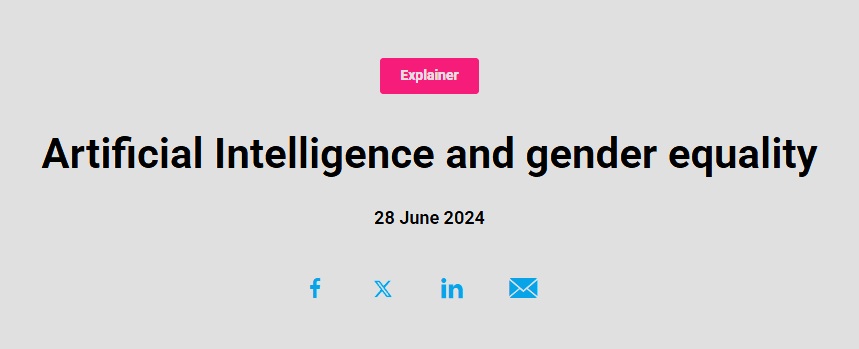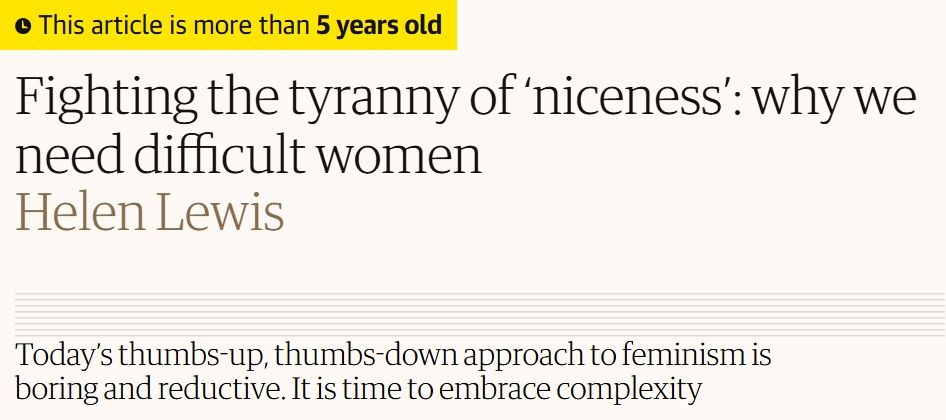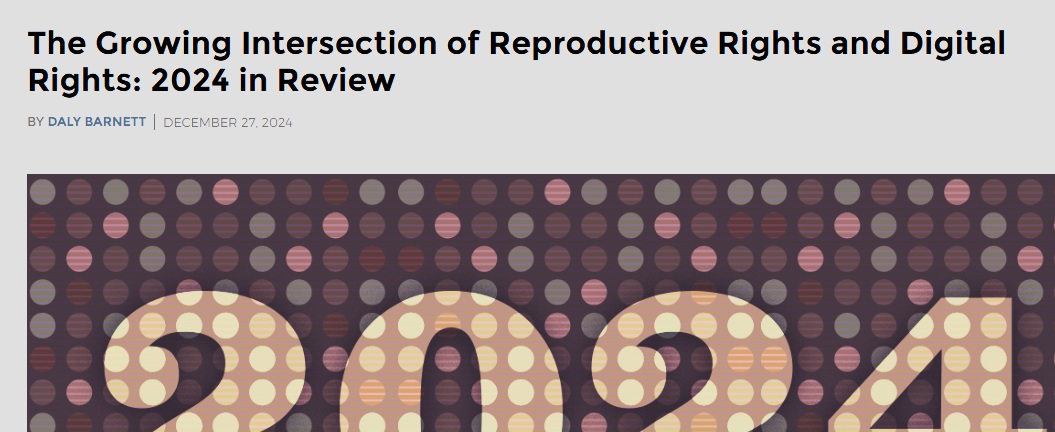#MeToo 2024 Report: Rates of Sexual Harassment and Assault Still High

The 2024 #MeToo report reveals that four in five women have experienced sexual assault or harassment in their lifetime, with 37% experiencing it in the workplace. Despite years of the #MeToo movement, sexual violence remains pervasive. Over 68 million U.S. adults experienced sexual harassment or assault in the past year alone.
Related Topics
Seven years after the #MeToo movement exploded into public consciousness, the latest 2024 report brings disturbing findings: sexual harassment and assault remain epidemic in American society. Despite increased awareness and legal reforms, millions continue to experience sexual violence, particularly in the workplace. This report from Tulane University’s Newcomb Institute, surveying over 3,300 U.S. adults, reveals the shocking prevalence of sexual violence.
Shocking Statistics
Overall Prevalence
The 2024 survey results paint a grim picture:
- 82% of women have experienced some form of sexual harassment or assault in their lifetime
- 42% of men report similar experiences
- 26% of U.S. adults (over 68 million people) experienced sexual harassment or assault in the past year alone
- 37% of women have experienced workplace sexual harassment or assault
These numbers demonstrate that while #MeToo raised awareness, it has not fundamentally changed the incidence of sexual violence.
The Workplace: A Persistent Danger Zone
The workplace remains a high-risk environment for sexual harassment:
Forms of Workplace Sexual Harassment
- Inappropriate sexual comments or jokes
- Unwelcome physical contact
- Sexual coercion or quid pro quo
- Creating hostile work environments
Industry Differences
- Service industry: Female workers face highest risk
- Tech industry: Despite high-profile cases, change is slow
- Entertainment: #MeToo’s origin point, but problems persist
- Academia: Power imbalances lead to continued harassment
Intersectional Impact
The report emphasizes how identity intersections compound risk:
Race and Sexual Violence
- Women of color face higher rates of sexual violence
- Black and Latina women report less often, fearing disbelief
- Native American women face the highest rates of sexual assault
LGBTQ+ Communities
- Transgender individuals are twice as likely to experience sexual violence as cisgender individuals
- Bisexual women report the highest rates of sexual assault
- Non-binary individuals face unique forms of harassment
Economic Vulnerability
- Low-income workers are more vulnerable to workplace sexual harassment
- Economic dependence limits ability to report or leave
- Undocumented workers face additional vulnerabilities
#MeToo Movement’s Impact and Limitations
Positive Changes
The movement has brought important changes:
Legal Reforms
- 19 states have enacted new workplace harassment protections since 2017
- In 2022, Biden signed two federal laws:
- The Speak Out Act limiting NDAs enforcement
- Ending Forced Arbitration Act allowing victims to seek justice in court
Cultural Shifts
- More people willing to believe survivors
- Companies prioritizing anti-harassment training
- Public discussion of sexual violence no longer taboo
Increased Accountability
- High-profile perpetrators facing consequences
- Some institutions establishing better reporting mechanisms
- Media covering sexual violence more responsibly
Persistent Challenges
Despite progress, major obstacles remain:
Low Reporting Rates
- Only 15% of workplace sexual harassment is formally reported
- Fear of retaliation remains primary barrier
- Many don’t believe fair investigation will occur
Backlash Effects
- Some men avoiding one-on-one interactions with female colleagues
- “Cancel culture” discourse undermining accountability efforts
- Perpetrators using defamation suits to silence victims
Systemic Issues
- Power structures remain largely unchanged
- Many industries still protect perpetrators
- Intersectional perspectives often ignored
New Challenges in the Digital Age
Online Sexual Harassment
Digital spaces have created new forms of sexual violence:
- Cyberstalking affects 1 in 4 women
- Non-consensual intimate image sharing (“revenge porn”) increasing
- Deepfake technology creating new forms of sexual exploitation
- Online harassment often targets outspoken women
Social Media’s Double Edge
- Provides platform for sharing stories and seeking support
- But also becomes site of harassment and re-traumatization
- Algorithms can amplify hate speech
- Platform responses to harassment inconsistent
Global Perspective
International #MeToo Movements
The movement has spread globally:
Asia
- South Korea’s #MeToo led to significant legal reforms
- Japan’s Flower Demo challenges workplace sexual harassment
- India strengthened laws against sexual violence
Europe
- France’s #BalanceTonPorc movement
- Spain strengthened consent laws
- Nordic countries leading workplace equality initiatives
Latin America
- Mexico’s feminist movement against femicide
- Argentina’s Ni Una Menos movement
- Chile’s anti-sexual violence protests
Culture-Specific Challenges
Different cultures face unique obstacles:
- Honor and shame cultures discourage reporting
- Legal systems may not support victims
- Economic dependence limits options
- Religious and traditional norms may suppress discussion
Prevention and Response Strategies
Effective Workplace Policies
Successful organizations implement:
Comprehensive Policies
- Clear definitions of prohibited behavior
- Multiple reporting channels
- Protection from retaliation for reporters
- Regular training for all employees
Culture Change
- Leadership modeling appropriate behavior
- Promoting inclusion and respect
- Challenging toxic masculinity
- Celebrating diversity
Support Systems
- Counseling services for survivors
- Legal aid resources
- Flexible work arrangements
- Financial support options
Education’s Role
Prevention starts with education:
School Programs
- Age-appropriate consent education
- Healthy relationship training
- Bystander intervention skills
- Media literacy about gender stereotypes
University Initiatives
- Mandatory consent workshops
- Improved reporting systems
- Survivor support services
- Male ally programs
Legal Reform Needs
Further legal changes needed:
- Extended statutes of limitations for sexual assault cases
- Stronger whistleblower protections
- Mandatory reporting for serial perpetrators
- Improved law enforcement training on trauma-informed approaches
The Role of Men
Importance of Male Allies
Engaging men is crucial for creating change:
- Men must challenge toxic masculinity
- Speak up when witnessing sexist behavior
- Support and believe survivors
- Model respectful behavior
Addressing Male Victims
The report highlights:
- 42% of men have experienced sexual harassment or assault
- Male victims face unique stigma
- Need for inclusive support services
- Challenging stereotypes about male vulnerability
The Path Forward
Immediate Actions
Individuals can:
- Believe and support survivors
- Challenge sexist comments and behaviors
- Learn about consent and boundaries
- Support organizations making change
Organizations should:
- Implement comprehensive anti-harassment policies
- Provide regular training
- Create safe reporting mechanisms
- Hold perpetrators accountable
Long-term Goals
Systemic change requires:
- Addressing root power imbalances
- Challenging patriarchal norms
- Promoting gender equality
- Creating inclusive cultures
Sustained activism:
- Maintaining focus on sexual violence
- Amplifying marginalized voices
- Building coalitions
- Pushing for policy reform
Hope and Resilience
Despite discouraging statistics, the report highlights reasons for hope:
Survivor Strength
- More people sharing their stories
- Survivor support networks growing
- Healing and justice are possible
- Collective action creates change
Younger Generations
- Young people have better understanding of consent
- More committed to gender equality
- Using technology for activism
- Challenging traditional norms
Conclusion: An Unfinished Revolution
The 2024 #MeToo report makes clear: the fight against sexual violence is far from over. While the movement created important cultural shifts and raised awareness, the persistent high rates of sexual harassment and assault demonstrate the need for deeper systemic change.
The fact that one in four American adults experienced sexual violence in the past year is a national emergency. It demands sustained action, policy reform, and cultural transformation. #MeToo is not just a moment—it must be an ongoing movement until all people can live free from sexual violence.
As the report concludes: “Real change requires more than awareness. It requires action, accountability, and commitment to creating a world where sexual violence is no longer tolerated or ignored.”
The path to that world is long, but every story shared by a survivor, every perpetrator held accountable, every policy implemented brings us closer to a future where all people can live with safety and dignity.
This article is based on the 2024 #MeToo Report from Tulane University’s Newcomb Institute
Related Articles

Gender Bias in AI: The 2024 Wake-Up Call
New research reveals 44% of AI systems show gender bias, while women's underrepresentation in tech is making it worse. From ChatGPT to image generators, AI is reinforcing harmful gender stereotypes.

Fighting the Tyranny of 'Niceness': Why We Need Difficult Women
This article critiques the expectations of 'perfection' and 'likability' in contemporary feminism, calling for recognition of the complexity and contradictions within feminism, and embracing those 'difficult women' who are nonconformist, hard to categorize, but drive change.

Reproductive Rights in the Digital Surveillance Era: When Technology Becomes a Tool of Oppression
In the post-Roe era, digital privacy has suddenly become a matter of life and death for abortion seekers. Period tracking apps, search histories, and location data can all become evidence for prosecution. This article analyzes how digital surveillance threatens reproductive freedom and how women can protect their digital privacy.
Support Our Work
If this content has been helpful to you, please consider supporting us to continue curating quality feminist resources
☕ Buy me a coffeeComments & Discussion
Share your views and feelings about this article
Join the Discussion
Share your views and feelings about this article
Loading comments...